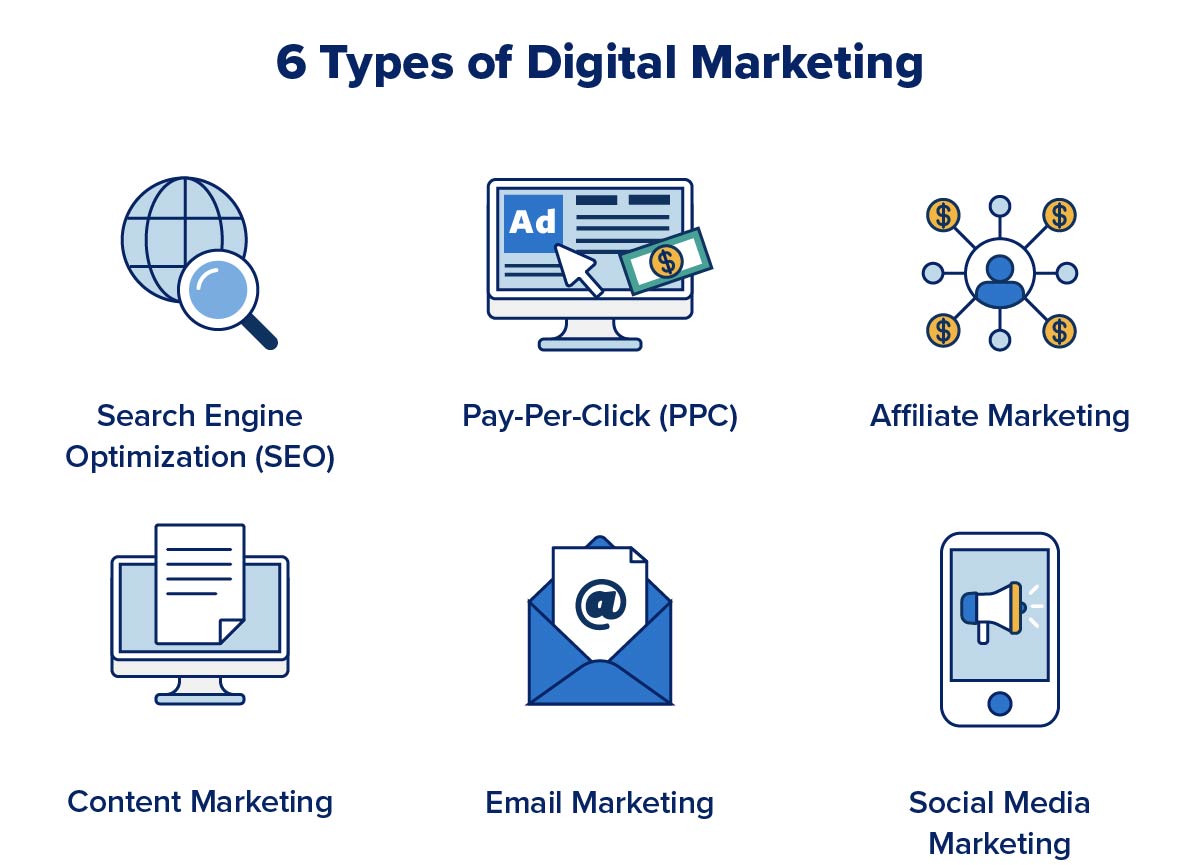Enhance Individual Experience and Drive Website Traffic With Responsive Website Design
In today's digital landscape, where customers are accessing internet sites from a wide variety of gadgets, responsive internet design has come to be a lot more essential than ever before. With its capability to adapt and flawlessly change to different display sizes, receptive design not just improves user experience however also drives website traffic to your website.
Why Responsive Website Design Issues
Responsive internet design is a crucial element of modern internet development because of its ability to ensure optimum individual experience throughout different tools and screen dimensions. With the proliferation of smart devices, tablets, and various other smart phones, it has come to be crucial for web sites to adapt and give seamless performance despite the device being used.
The main reason that responsive internet layout matters is that it enables individuals to have a delightful and consistent searching experience, no matter the device they are making use of. A receptive site immediately readjusts its layout, web content, and format aspects to fit the screen size and resolution of the gadget, making certain that customers can easily navigate and communicate with the internet site without any type of aggravation or frustration.
Furthermore, responsive web design likewise plays a considerable function in search engine optimization (SEO) Internet search engine, such as Google, prioritize internet sites that are mobile-friendly and receptive in their search results page. By including receptive style concepts, web sites can enhance their exposure and ranking, resulting in enhanced organic website traffic and possible consumers.

Boosting User Interaction Via Responsive Design
Enhancing customer interaction is a key goal of receptive layout, as it guarantees that users can quickly gain access to and connect with website material on any type of tool. With the increasing use tablets and mobile phones, it is vital for internet sites to adjust to different screen dimensions and resolutions. Responsive design enables sites to immediately change their design and web content to provide a seamless user experience across devices.
One of the main ways responsive design increases customer engagement is by reducing load times. With a receptive website, users do not need to await different mobile variations to lots, resulting in faster accessibility to web content. This better rate causes higher individual contentment and urges them to spend more time on the site.
In addition, receptive style improves user engagement by boosting navigating and individual interface (The Ad Firm). When an internet site is made responsively, food selections and switches are optimized for touch communications, making it much easier for users to navigate and connect with the website on their mobile phones. This intuitive and straightforward experience maintains customers engaged and urges them to check out even more of the web site
Furthermore, receptive style enables much better content exposure and readability. By adapting the design and typeface dimensions to different tools, responsive web sites guarantee that customers can easily understand the material and review. This enhances customer involvement by decreasing the demand for zooming or scrolling to review the text.
Boosting Internet Site Web Traffic With Responsive Website Design
With the growing appeal of smart phones, having a website that is responsive to different screen sizes and resolutions is necessary for driving raised website traffic. In today's electronic landscape, users are accessing sites from a range of gadgets such as mobile phones, tablets, and computer. Each of these gadgets has various display dimensions and resolutions, and if your web site is not created to adjust to these variations, it can result in a bad individual experience and a loss of prospective web traffic.
Responsive website design ensures that your web site looks and operates ideally throughout all gadgets. By utilizing flexible grids, liquid pictures, and media queries, receptive design allows your site to automatically readjust its material, design, and navigating to fit any kind of screen dimension. This suggests that users will have a smooth browsing experience despite whether they are making use of a little smartphone or a big desktop computer computer.
Trick Elements of Effective Receptive Style
Effective responsive layout incorporates a number of essential components that guarantee a smooth user experience across different tools. This permits material to be presented in a visually attractive and legible next way on any gadget.
An additional important element is media inquiries. These enable developers to apply different styles and designs based upon the features of the customer's device, such as screen dimension and orientation. By using media queries, designers can enhance the presentation of material for every gadget, making certain that it is readable and easily accessible.
Responsive pictures are likewise vital in reliable receptive style. Pictures that are as well big can decrease web page tons times on mobile gadgets, while photos that are too little might appear pixelated on larger screens. By utilizing strategies such as responsive picture resizing and lazy loading, designers can ensure that images are suitably sized and maximized for every device.
Lastly, effective receptive style includes a mobile-first method. This indicates making and focusing on material for mobile gadgets first, and afterwards improving the design and increasing for bigger screens. This technique makes sure that the most important web content is conveniently obtainable on smaller displays, while still offering a rich experience on bigger devices.
Ideal Practices for Carrying Out Responsive Web Layout
Carrying out responsive website design calls for careful factor to consider of numerous best techniques to guarantee an optimum individual experience throughout different gadgets. When implementing receptive internet design., below are some key finest practices to comply with.
To start with, it is important to focus on mobile users. With the raising dominance of mobile phones, making for mobile-first has come to be important. Start deliberately for smaller screens and after that progressively improve the design for bigger displays.

One more important ideal practice is to maximize pictures for various screen resolutions. Big images can reduce the loading time of your internet site, particularly on mobile phones with slower connections. Usage responsive pictures that can be resized based upon the gadget's display resolution to enhance efficiency.
Additionally, test your web site on different gadgets and display sizes to make certain a seamless and regular experience. There are different screening tools offered that can aid you identify any type of concerns and make needed modifications.
Last but not least, prioritize functionality and accessibility. Guarantee that your internet site is easy to navigate, with clear and concise web content. See to it that your site comes to people with impairments and complies with access standards.
Verdict
In conclusion, receptive web layout plays a vital role in boosting individual experience and driving web traffic to websites. By embracing responsive style principles, internet sites can ensure ideal watching experiences the original source throughout different gadgets, leading to increased individual engagement.
Enhancing customer involvement is a key objective of receptive design, as it makes certain that users can conveniently access simple web design and engage with internet site material on any kind of device. Receptive layout enables web sites to automatically change their layout and web content to offer a smooth customer experience across devices.
Furthermore, receptive design improves customer engagement by improving navigation and customer interface.Receptive images are also vital in reliable responsive design. By embracing receptive layout concepts, websites can guarantee ideal seeing experiences across various tools, leading to raised user engagement.